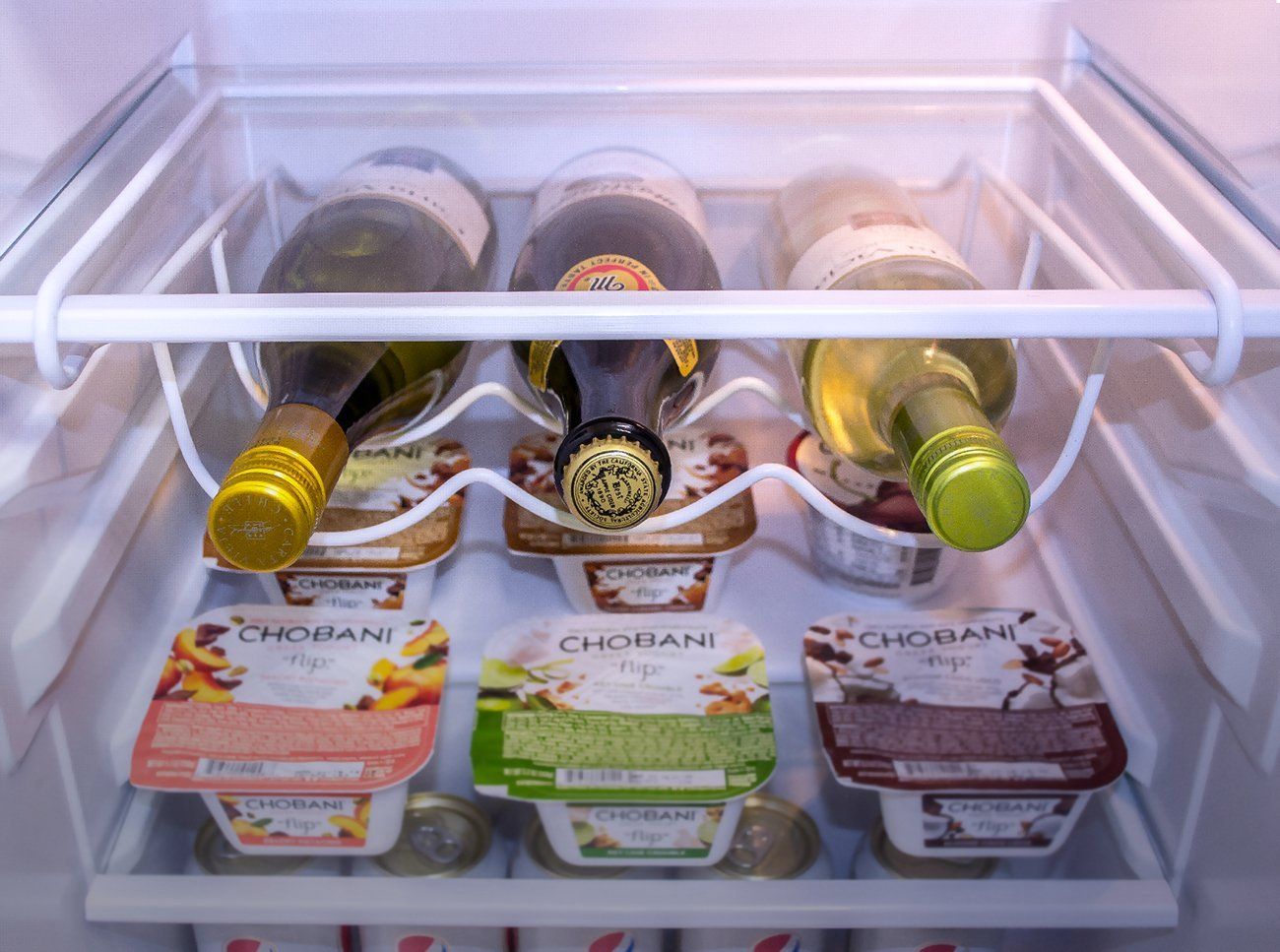

Articles
How To Store Champagne In Fridge
Modified: February 22, 2024
Learn the best techniques for storing champagne in the fridge and keeping it fresh. Read our informative articles to ensure that you're preserving the flavors of your bubbly.
(Many of the links in this article redirect to a specific reviewed product. Your purchase of these products through affiliate links helps to generate commission for Storables.com, at no extra cost. Learn more)
Introduction
Champagne, the sparkling wine synonymous with celebrations and special occasions, is a beverage that deserves proper care and storage. Whether you have a few leftover bottles from a recent event or you simply want to keep a bottle chilled for an upcoming celebration, knowing how to store champagne in the fridge can ensure that it retains its flavor, effervescence, and quality.
In this article, we will dive into the best practices for storing champagne in the fridge, including the importance of temperature control, how to prepare your refrigerator, and the correct way to wrap and store the bottles. Additionally, we will touch on some common mistakes to avoid and provide tips to help extend the shelf life of your champagne.
So, let’s raise a glass and explore the art of properly storing champagne in the fridge!
Key Takeaways:
- Properly storing champagne in the fridge preserves its flavor, effervescence, and quality. Follow temperature guidelines, prepare the fridge, wrap bottles effectively, and avoid common mistakes to ensure delightful sips every time.
- Extend the shelf life of champagne by storing it in a cool, dark place, keeping bottles horizontal for long-term storage, and limiting exposure to vibrations and oxygen. Handle with care to preserve its unique characteristics for special occasions.
Read more: How To Store Champagne
Why Store Champagne in the Fridge
Storing champagne in the fridge is crucial to preserving its taste, quality, and effervescence. Here are a few reasons why refrigeration is essential:
- Temperature control: Champagne is best enjoyed when served at the ideal temperature of around 45-50 degrees Fahrenheit (7-10 degrees Celsius). Refrigeration helps to maintain a consistent and cool temperature, preventing the champagne from becoming too warm and compromising its flavors.
- Preservation of carbonation: Champagne is known for its effervescence, which comes from the carbon dioxide gas dissolved in the wine. Cooler temperatures slow down the release of carbon dioxide, helping the bubbles to last longer and stay vibrant. Storing champagne in the fridge helps to maintain its carbonation and ensures that each glass is as lively and celebratory as the next.
- Protection from light and heat: Exposure to light and heat can cause champagne to deteriorate quickly. UV rays from sunlight can cause premature aging and negatively impact the flavor profile of the wine. Fridge storage provides a dark and cool environment, shielding the champagne from harmful light and heat sources.
- Convenience and readiness: Having chilled champagne readily available in the fridge allows you to spontaneously celebrate or toast special moments without the need for additional cooling time. It ensures that your champagne is always at the perfect temperature and ready to be enjoyed.
By storing your champagne in the fridge, you can maximize its freshness, preserve its carbonation, and maintain its overall quality, ensuring that every sip is a delightful experience.
Choosing the Right Temperature
When it comes to storing champagne in the fridge, temperature control is key. Here are some guidelines for choosing the right temperature:
- Optimal temperature: The ideal storage temperature for champagne is between 45-50 degrees Fahrenheit (7-10 degrees Celsius). This temperature range ensures that the flavors and aromas of the wine are preserved, while still allowing for the carbonation to be vibrant and refreshing.
- Avoid extreme temperatures: It is important to avoid storing champagne at extreme temperatures, such as in the freezer or at room temperature. Freezing can cause the champagne to expand, leading to an increased risk of the bottle bursting. On the other hand, storing champagne at room temperature can accelerate the aging process and negatively impact the taste and quality of the wine.
- Consistency is key: Maintaining a consistent temperature is crucial for preserving the integrity of the champagne. Fluctuating temperatures can cause the wine to expand and contract, potentially leading to leaks or oxidation. It is advisable to choose a dedicated space in the fridge, away from the door or any areas prone to temperature variations.
- Chilling time: If you plan to enjoy a bottle of champagne, it is recommended to chill it in the fridge for at least 3-4 hours before serving. This will ensure that the wine reaches the desired temperature evenly and allows the flavors to fully develop.
By storing your champagne at the optimal temperature range and avoiding extreme conditions, you can ensure that it maintains its freshness, effervescence, and delightful characteristics.
Preparing the Fridge for Champagne Storage
To ensure that your champagne stays in optimal condition while stored in the fridge, it is important to prepare the refrigerator properly. Here are some steps to follow:
- Clean the fridge: Start by cleaning the fridge thoroughly to remove any lingering odors or potential contaminants. Use a mild detergent or a mixture of water and vinegar to wipe down the shelves, walls, and drawers. Rinse with clean water and dry before placing the champagne inside.
- Designate a space: Choose a dedicated spot in the fridge to store your champagne. Avoid storing it in the door compartments, as the temperature can fluctuate there due to frequent openings. Instead, opt for the coldest part of the fridge, which is usually at the back or on the bottom shelf.
- Temperature monitoring: Consider using a small thermometer to monitor the temperature inside your fridge. This will allow you to ensure that the temperature remains within the desired range for champagne storage. Make adjustments as needed to maintain a consistent temperature.
- Avoid overcrowding: Avoid overcrowding the fridge with other food items or beverages. Proper air circulation is important to maintain the desired temperature and prevent any transfer of odors to the champagne bottles. Leave some space around the bottles to allow for proper cooling and to prevent any accidental shifts or bumps.
- Keep it upright: When storing champagne in the fridge, it is generally recommended to keep the bottles upright. This helps to prevent any potential leaks or seepage of the cork, which can alter the taste and quality of the wine. Keeping the bottles upright also allows for efficient storage and easier access.
By following these steps and preparing your fridge properly, you can create an ideal environment for storing your champagne, ensuring that it remains fresh, cool, and ready to be enjoyed whenever the occasion arises.
Wrapping the Bottle
Properly wrapping the champagne bottle is a crucial step in ensuring its protection and maintaining its quality during storage. Here are some tips on how to wrap the bottle effectively:
- Use a wine sleeve or bubble wrap: To provide an extra layer of insulation and cushioning, consider using a wine sleeve or bubble wrap to wrap the champagne bottle. These materials help to shield the bottle from any potential impacts or temperature fluctuations.
- Avoid plastic wrap: While plastic wrap may seem like a convenient option, it can trap moisture and potentially lead to condensation. This moisture can damage the label or even seep into the cork, affecting the taste of the champagne. It is best to avoid using plastic wrap for wrapping champagne bottles.
- Label protection: Ensure that the label of the champagne bottle is not covered or damaged during the wrapping process. The label contains important information about the wine, including its vintage, producer, and region. Protecting the label will help you easily identify the bottle and preserve its provenance.
- Tight but not too tight: When wrapping the champagne bottle, make sure the material is tight enough to secure it in place, but not so tight that it puts excessive pressure on the bottle. You want to avoid any damage to the cork or deformation of the bottle’s shape.
- Consider decorative options: If you are storing special or vintage champagne bottles, you might want to consider using decorative materials, such as decorative cloth or ribbon, to wrap the bottle. This not only adds an elegant touch but also helps to distinguish and protect the bottle during storage.
By taking the time to wrap your champagne bottles properly, you can ensure their protection, prevent any potential damage, and maintain the overall quality of the wine. It’s another step in the process of properly storing champagne in the fridge.
Store champagne in the fridge horizontally to keep the cork moist and prevent it from drying out. Keep it away from strong odors and vibrations to maintain its quality.
Read more: How To Store Unopened Champagne
Storing the Champagne Correctly
Once you have wrapped the champagne bottles, it’s time to store them correctly in the fridge. Follow these guidelines to ensure that your champagne is stored properly:
- Positioning: Place the wrapped champagne bottles upright in the designated spot in the fridge. Storing them upright helps to prevent any cork seepage or potential leaks that could affect the wine’s flavor and quality. It also allows for efficient storage and easy identification of the bottles.
- Avoid frequent movement: Try to avoid moving the champagne bottles frequently, as excessive movement can disturb the sediments and affect the clarity of the wine. If you need to rearrange your fridge or retrieve a bottle, handle it with care and avoid shaking or tilting it.
- Keep away from strong odors: Champagne is highly sensitive to odors, so it is best to keep it away from strong-smelling foods or other substances in the fridge. The wine can easily absorb odors, which may alter its taste and aroma. Consider keeping the champagne bottles in a sealed container or in a separate area of the fridge.
- Monitor the temperature: Regularly check the temperature inside the fridge to ensure that it remains within the recommended range of 45-50 degrees Fahrenheit (7-10 degrees Celsius). Use a thermometer or a built-in temperature gauge, if available, and adjust the settings accordingly to maintain a consistent temperature.
- Rotate your stock: If you have multiple bottles of champagne in your collection, make sure to rotate them to ensure that they are consumed in a timely manner. Champagne is best enjoyed while it is still fresh and at its peak. Use the “first in, first out” rule to ensure that the oldest bottles are consumed first.
By following these storage techniques, you can ensure that your champagne is stored correctly and remains in optimal condition until you are ready to pop the cork and enjoy the festive bubbles.
Avoiding Common Mistakes
When it comes to storing champagne in the fridge, there are some common mistakes that you should avoid to maintain its quality and flavor. Here are a few of them:
- Storing for too long: Champagne is not meant for long-term storage. It is best enjoyed within a few years of its release. Avoid storing champagne in the fridge for an extended period, as it can lead to the deterioration of flavor and loss of effervescence.
- Opening the fridge frequently: Opening the fridge frequently can cause temperature fluctuations and unnecessary exposure to light and odors. Try to minimize the number of times you open the fridge to maintain a consistent temperature and protect the champagne from external influences.
- Storing in the door compartments: The door compartments of a fridge are the warmest areas, as they are more exposed to fluctuations in temperature. Avoid storing champagne bottles in these compartments, as the constant exposure to warm air can affect the quality and freshness of the wine.
- Storing different types of wines together: Champagne has specific storage requirements, and storing it alongside other types of wine can compromise its quality. Different wines have different temperature and aging needs, so it’s best to keep champagne separate from other wines to maintain its integrity.
- Not protecting from light: Light, especially sunlight and UV rays, can negatively impact the flavor and aroma of champagne. Avoid storing the bottles in a well-lit area or exposed to direct sunlight. Instead, opt for a dark spot in the fridge or consider using a light-blocking cover to shield the bottles from light exposure.
- Storing near fragrant foods: Champagne is delicate and can easily absorb odors from other foods in the fridge. Avoid storing it near strong-smelling foods like onions, garlic, or strong cheeses, as the aroma can transfer to the wine and alter its taste.
By being mindful of these common mistakes, you can ensure that your champagne stays fresh, flavorful, and effervescent, ready to be enjoyed when the time is right.
Tips for Extending Champagne Shelf Life
While champagne is best consumed within a few years of its release, there are some tips you can follow to extend its shelf life and preserve its quality. Here are some tips for keeping your champagne fresh for as long as possible:
- Store in a cool, dark place: If you have a bottle of champagne that you don’t plan to consume immediately, store it in a cool, dark place away from any temperature fluctuations. A wine cellar or a closet with a consistent temperature is ideal for long-term storage.
- Keep bottles horizontal: Unlike during short-term fridge storage, if you are looking to age champagne for an extended period, store the bottles horizontally. This allows the wine to keep the cork moist, preventing it from drying out and potentially allowing air to seep into the bottle.
- Avoid vibrations: Excessive vibrations can disturb sediment in champagne, affecting its clarity and taste. Store your bottles away from appliances or equipment that may cause vibrations, such as washing machines or speakers.
- Limit exposure to oxygen: Oxygen can oxidize champagne and alter its flavors. To limit exposure, try to avoid opening the bottle until you are ready to enjoy it fully. Use a champagne stopper or a vacuum wine stopper to seal the bottle tightly between servings.
- Maintain proper humidity: Champagne prefers a slightly higher humidity level than other wines. Aim for a humidity level of around 70% to keep the cork from drying out and the wine protected from any potential oxidation.
- Handle with care: Be gentle when handling champagne bottles, especially older or vintage ones. Sudden movements or excessive shaking can disturb the sediment and affect the wine’s quality. Handle them with care to ensure their longevity.
While champagne is typically enjoyed for its youthful and effervescent qualities, following these tips can help extend its shelf life and preserve its unique characteristics for special occasions or aging purposes.
Conclusion
Properly storing champagne in the fridge is essential to preserve its flavor, effervescence, and overall quality. By following the guidelines outlined in this article, you can ensure that your champagne stays fresh, delicious, and ready to be enjoyed whenever the moment calls for a celebration.
Choosing the right temperature, preparing the fridge, wrapping the bottles, and storing them correctly are all crucial steps in maintaining the integrity of the champagne. Avoiding common mistakes, such as storing for too long, frequent fridge openings, or storing in the wrong areas, can also help preserve the quality of the wine.
Additionally, by following tips such as keeping bottles horizontal for long-term storage, avoiding exposure to vibrations or excessive oxygen, and handling the bottles with care, you can extend the shelf life of your champagne and ensure that each sip is a delightful experience.
Remember, champagne is meant for celebration, and storing it properly ensures that it remains a symbol of joy and festivity. Whether you have a single bottle or a collection to cherish, taking the time to store your champagne correctly will enhance your enjoyment and make every occasion extra special.
So, next time you have a bottle of champagne to store, remember to keep it cool, protect it from light and odors, and handle it with care. By doing so, you can savor the unique charm and effervescence of champagne whenever you choose to indulge in its delightful bubbles.
Frequently Asked Questions about How To Store Champagne In Fridge
Was this page helpful?
At Storables.com, we guarantee accurate and reliable information. Our content, validated by Expert Board Contributors, is crafted following stringent Editorial Policies. We're committed to providing you with well-researched, expert-backed insights for all your informational needs.
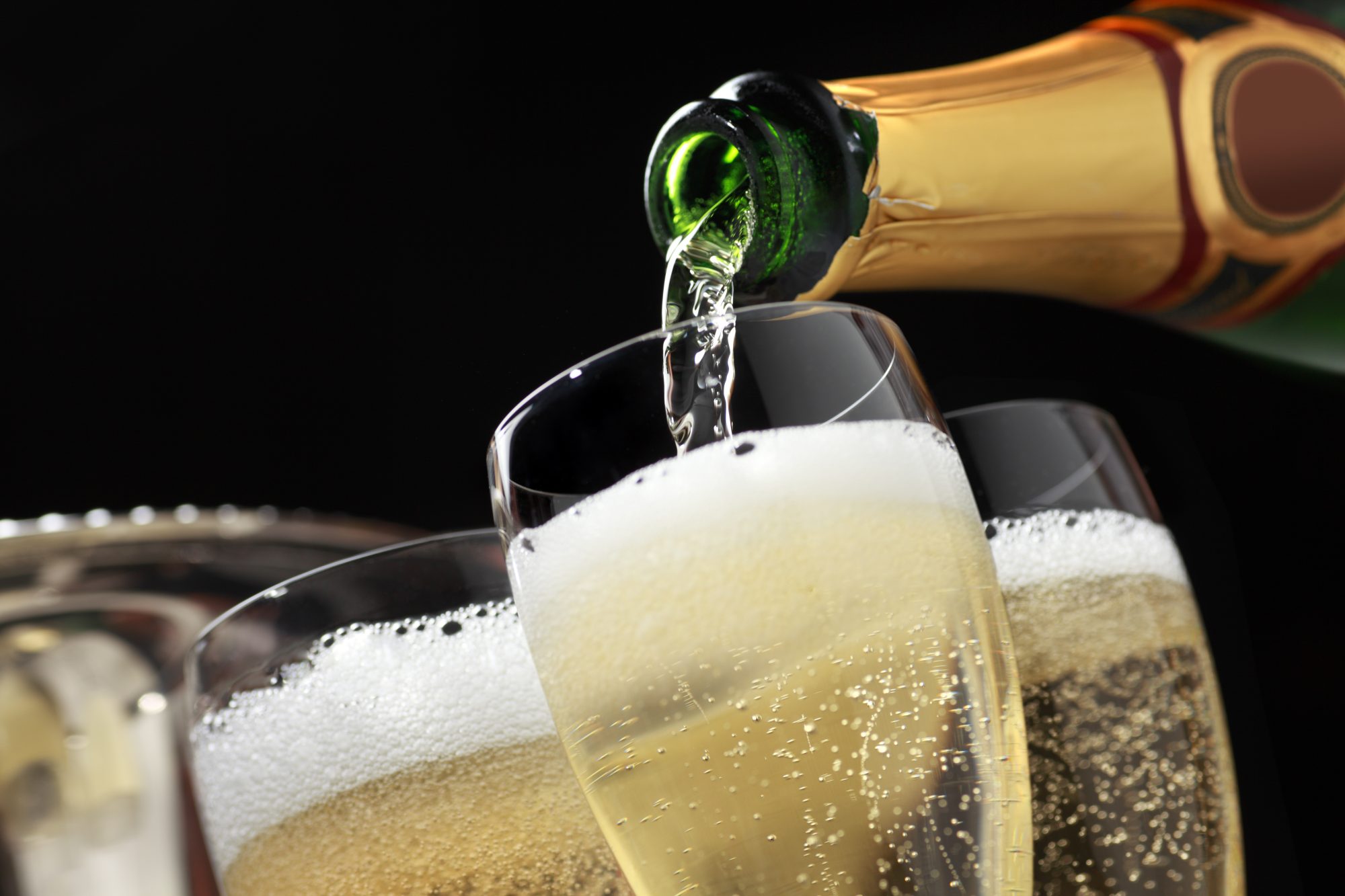
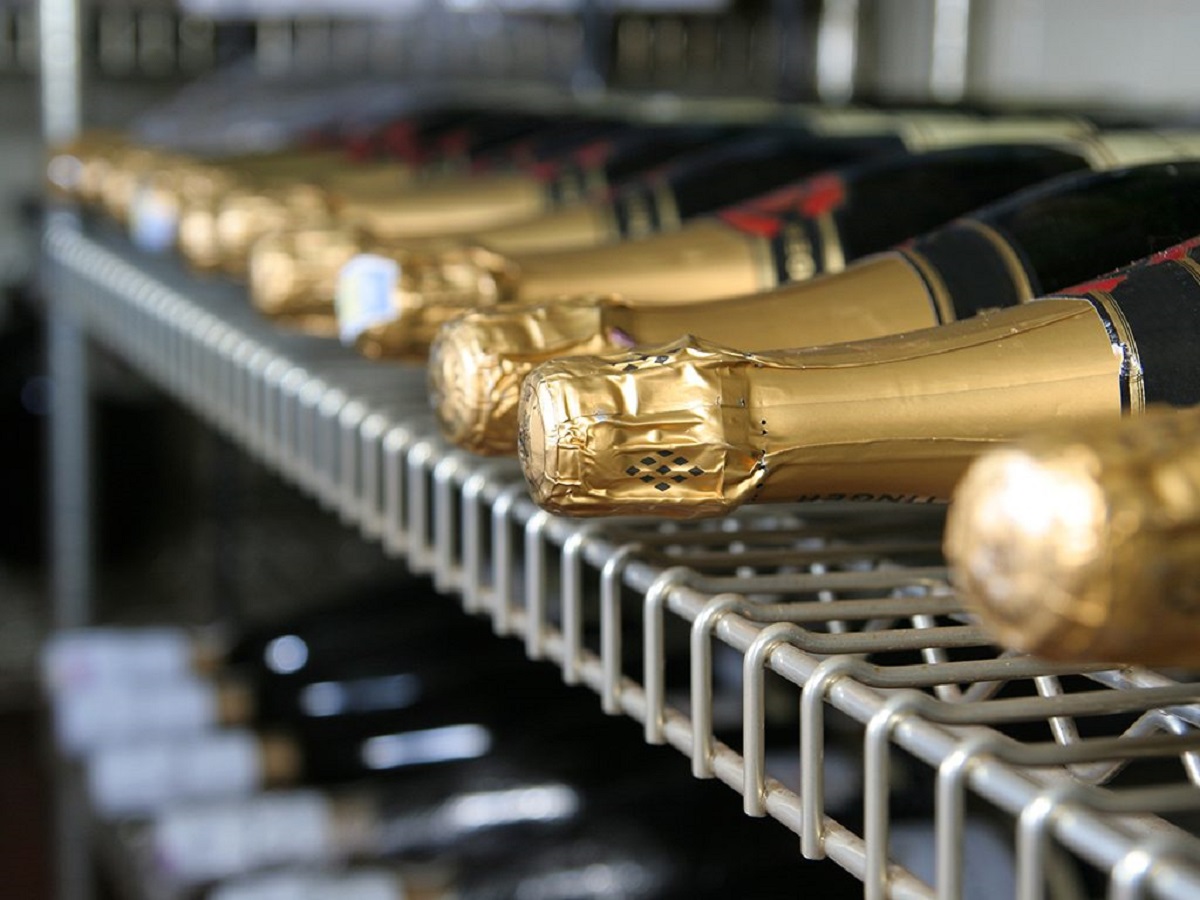
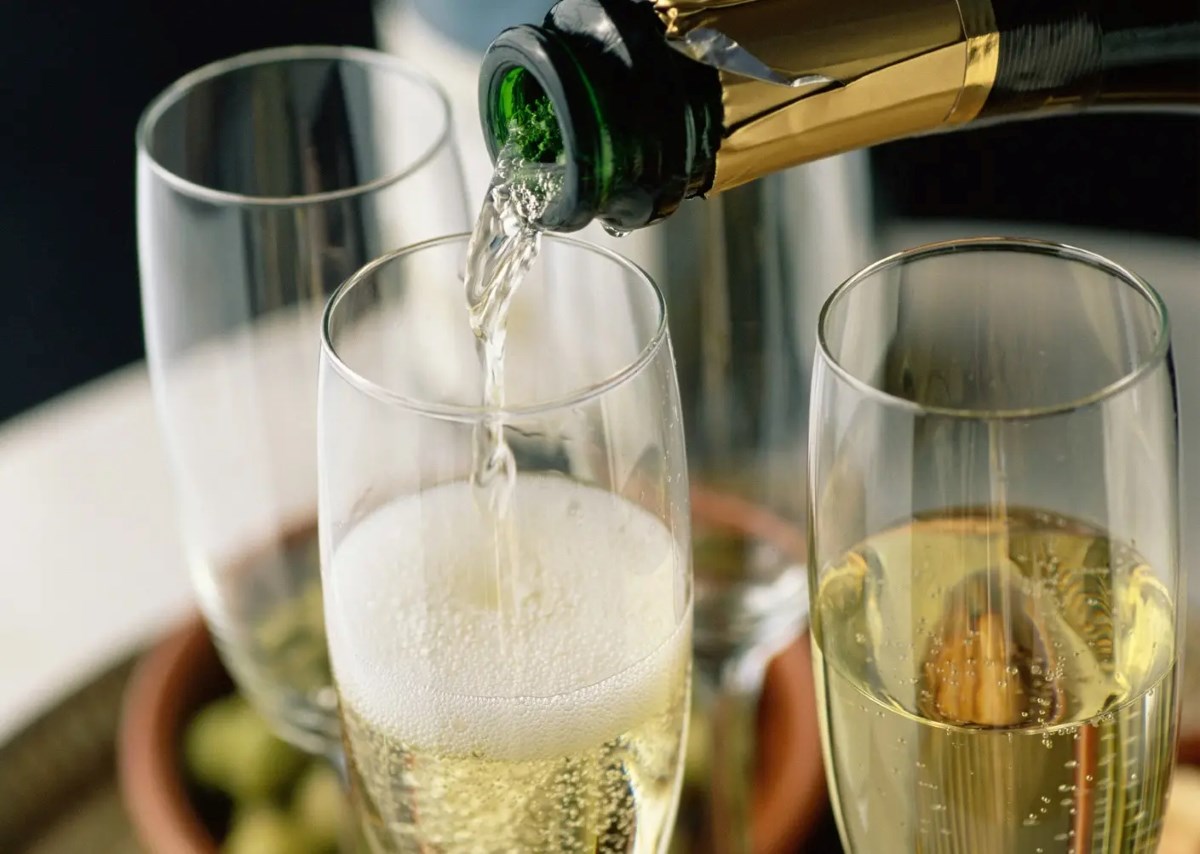
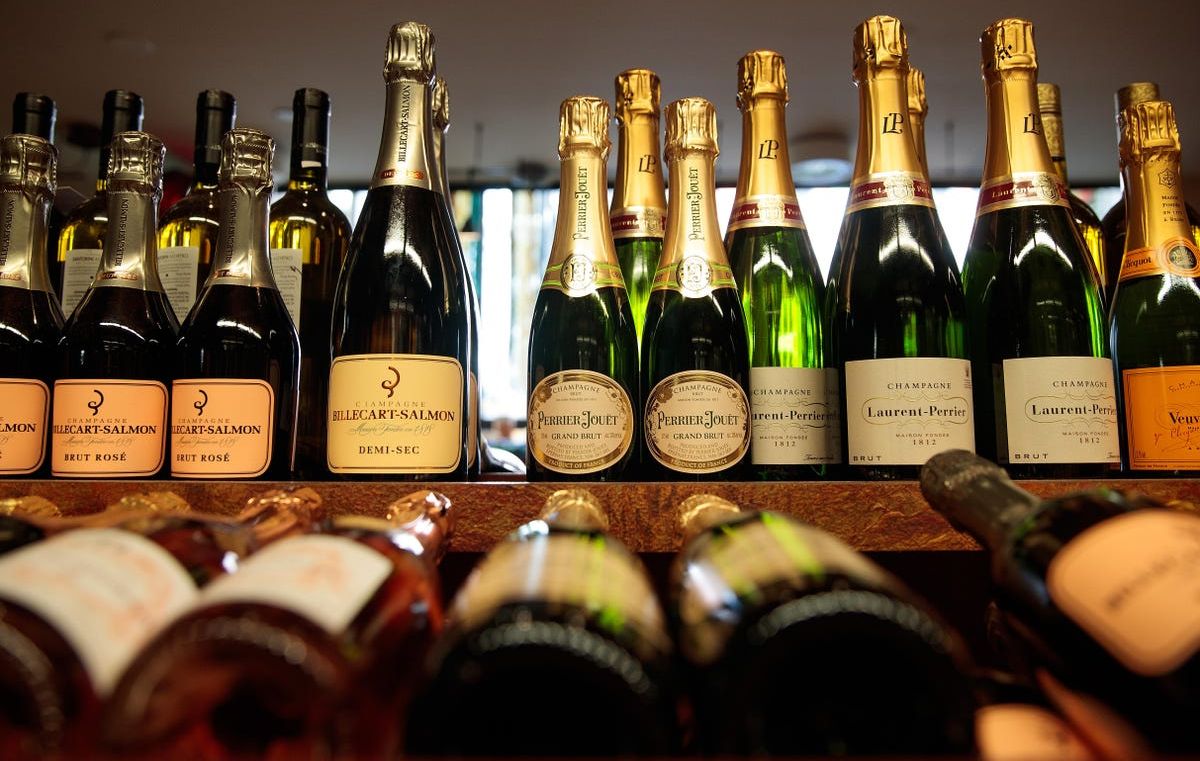
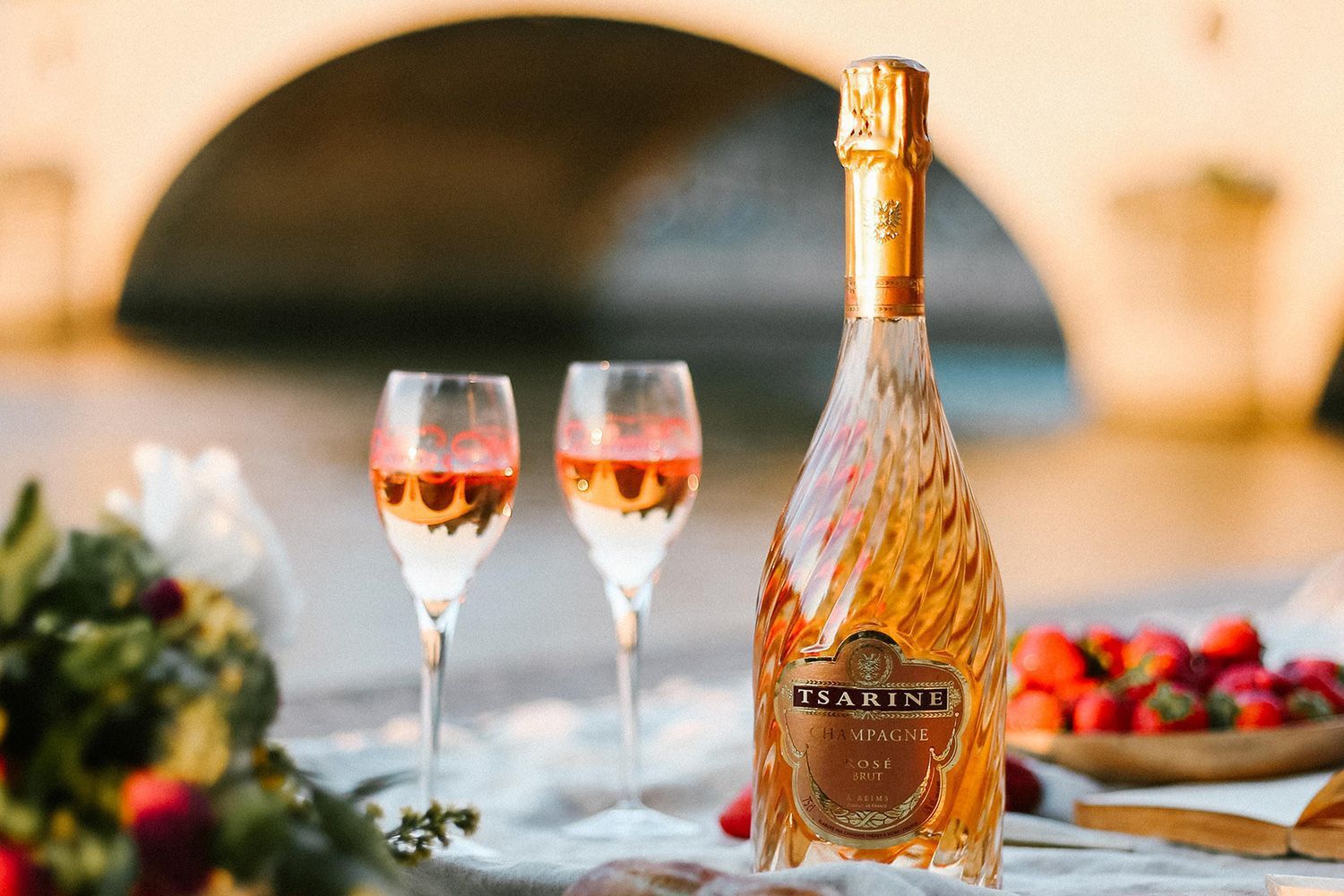
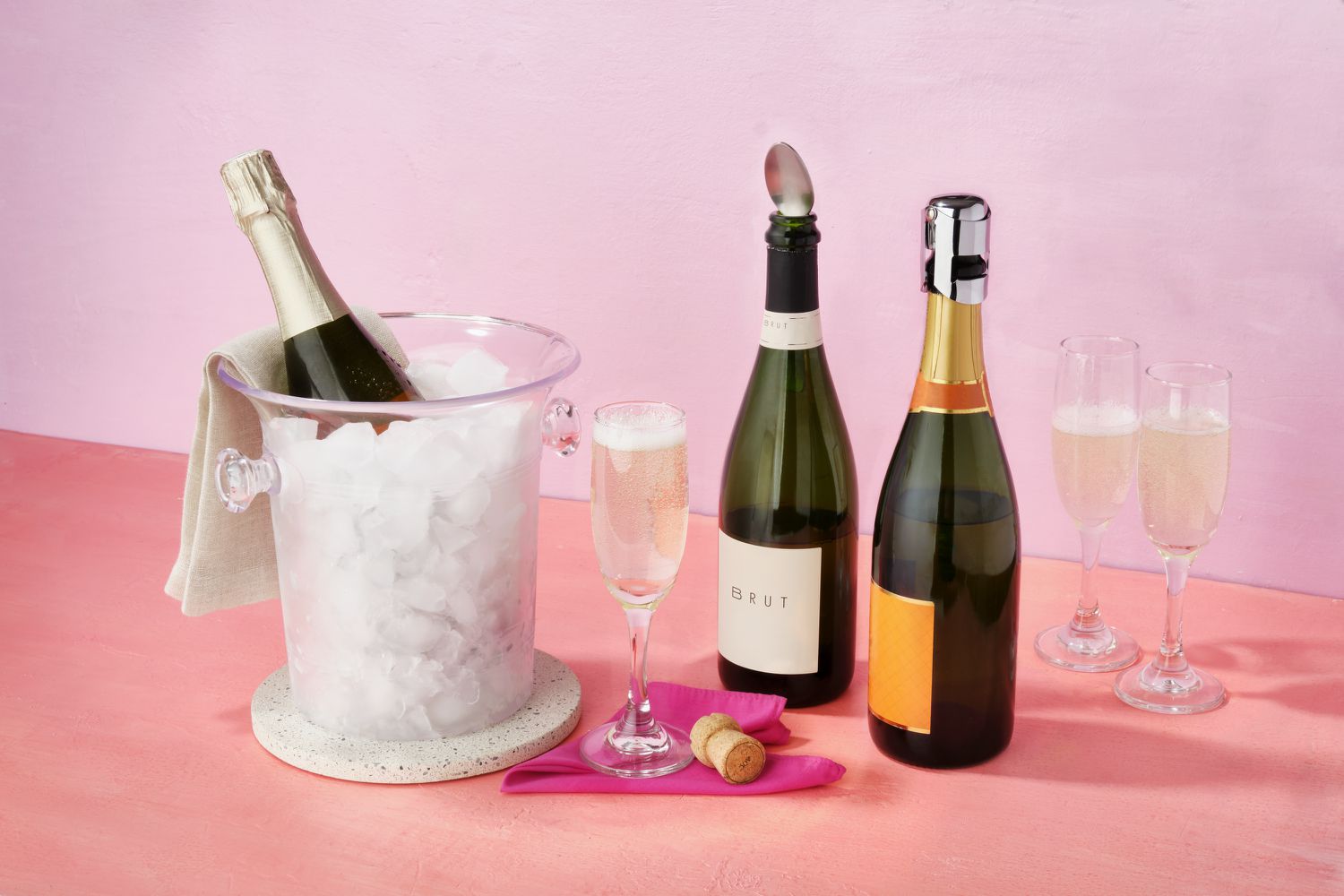
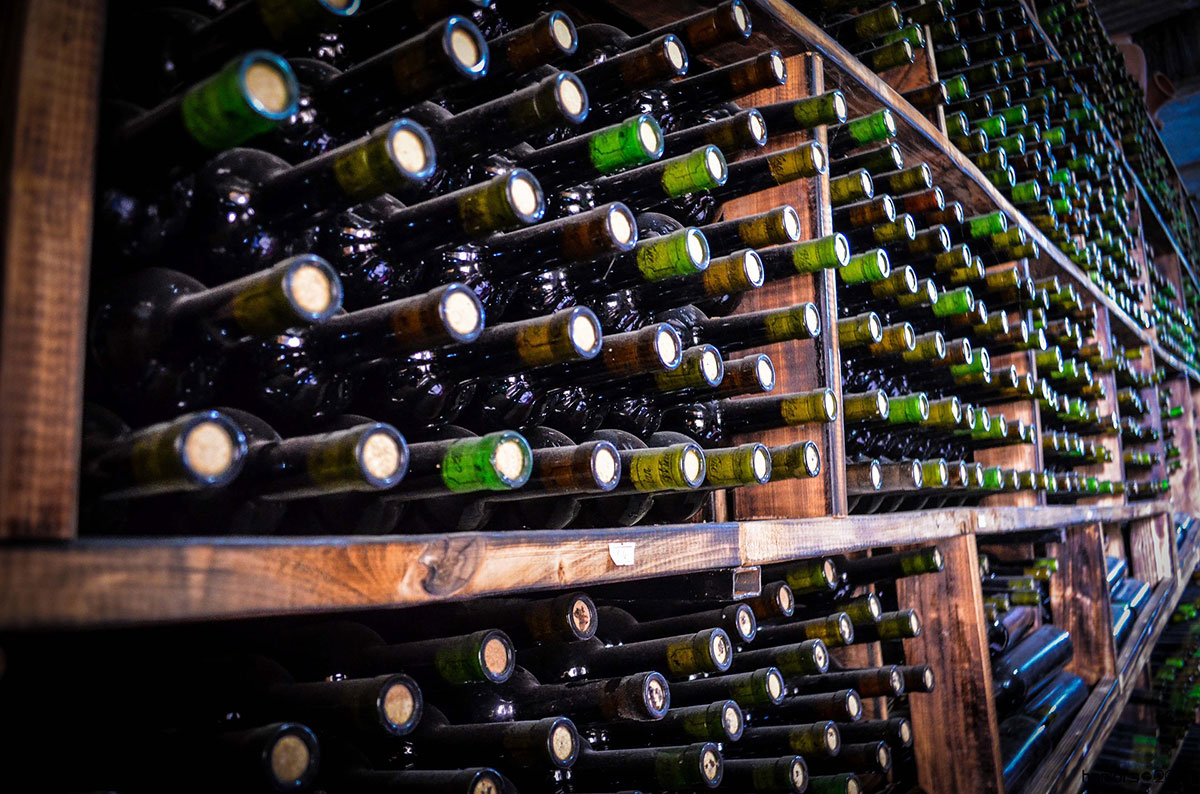
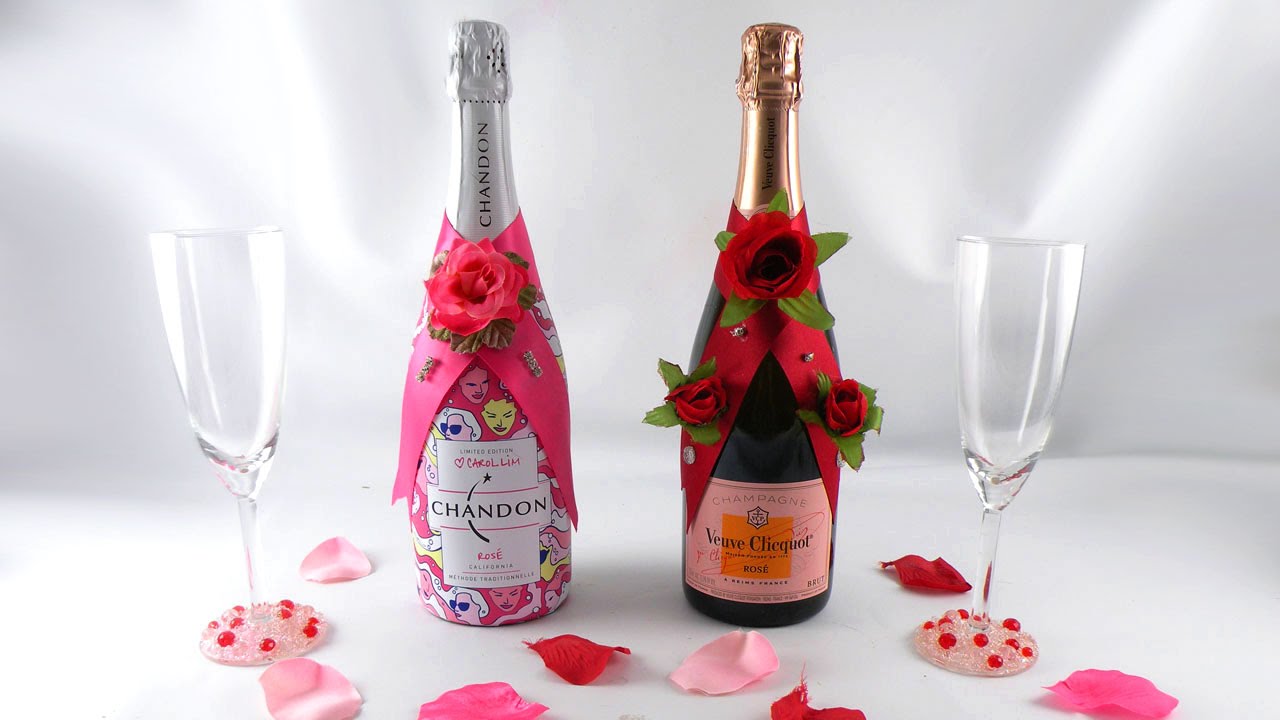
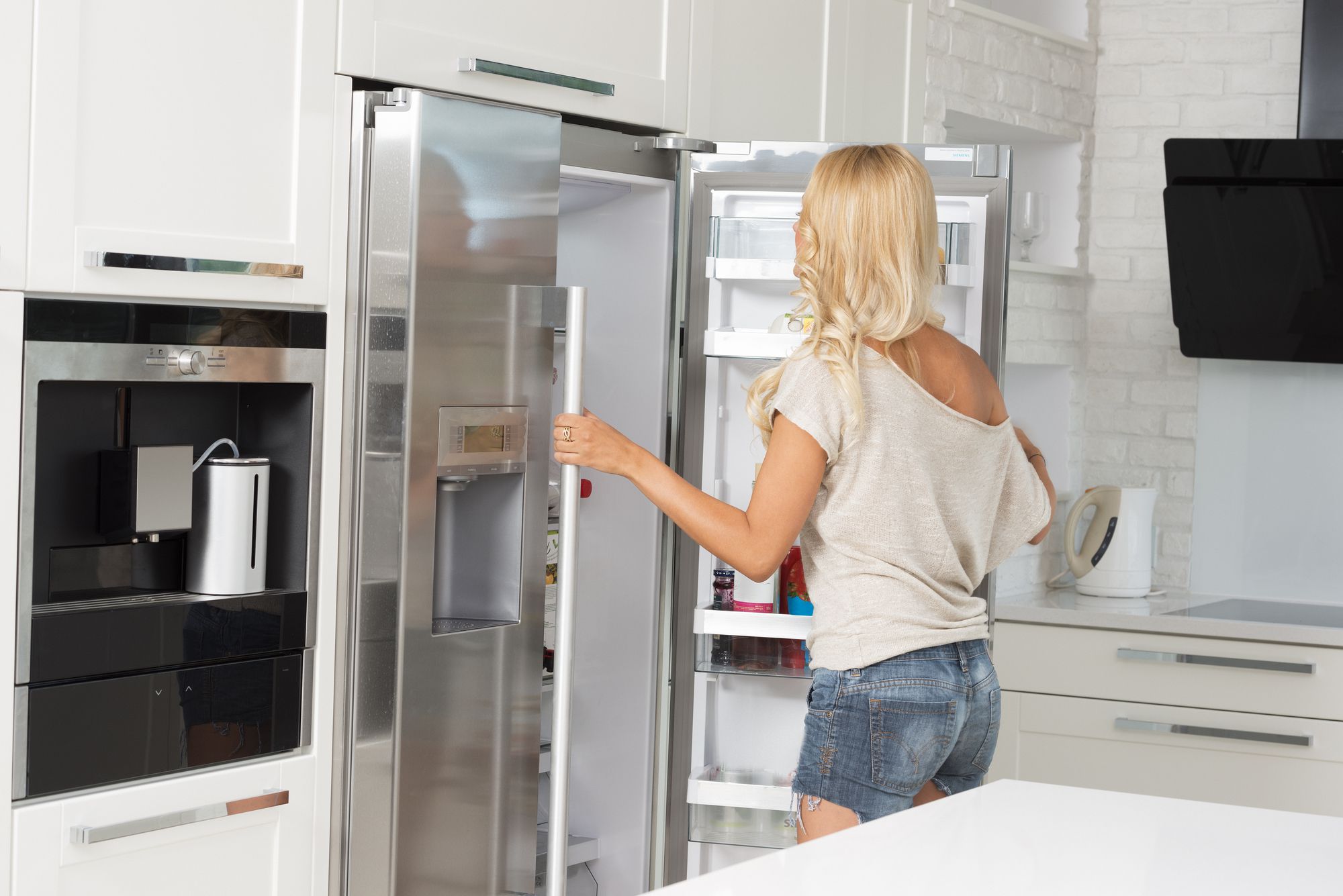
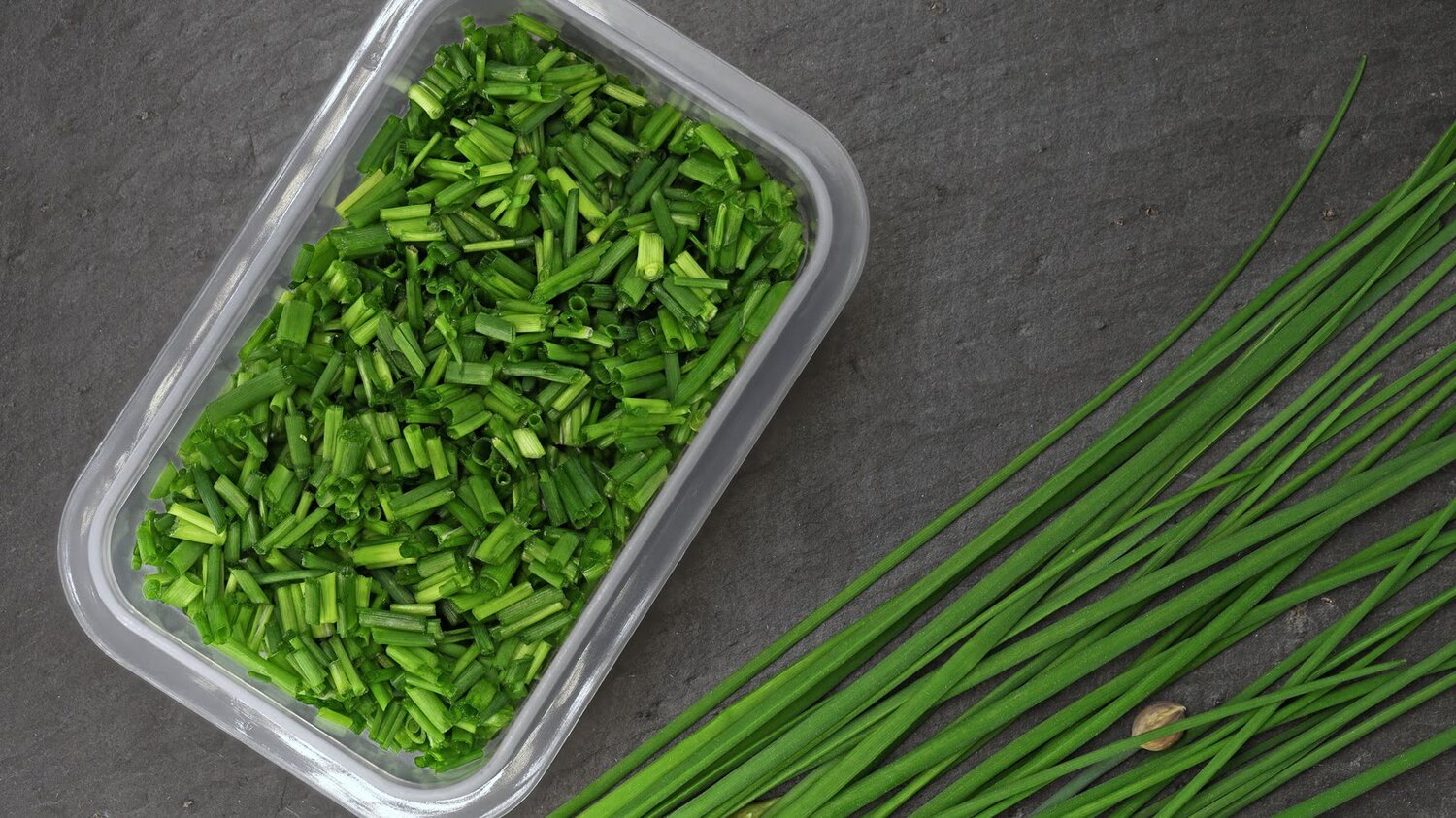
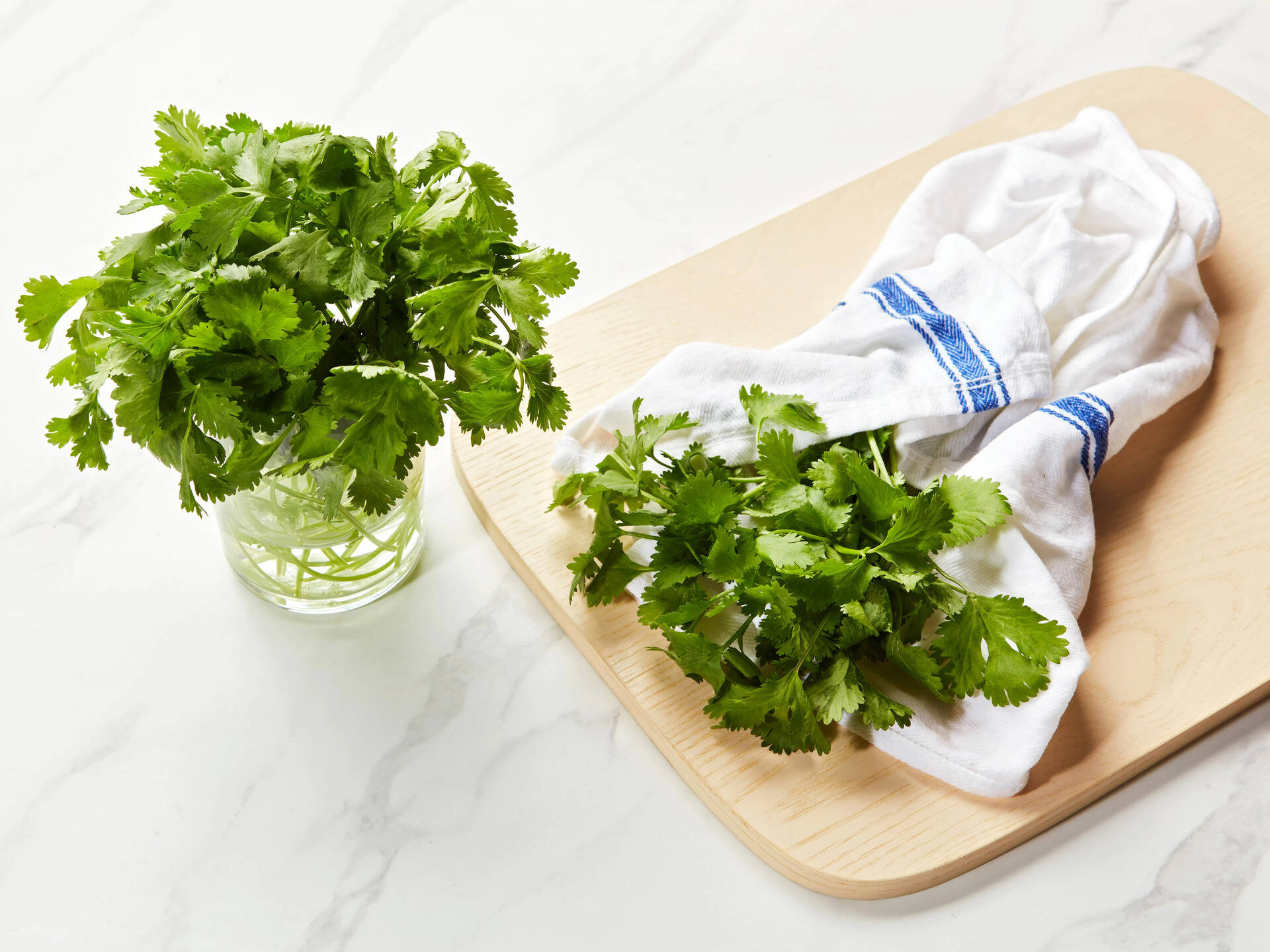
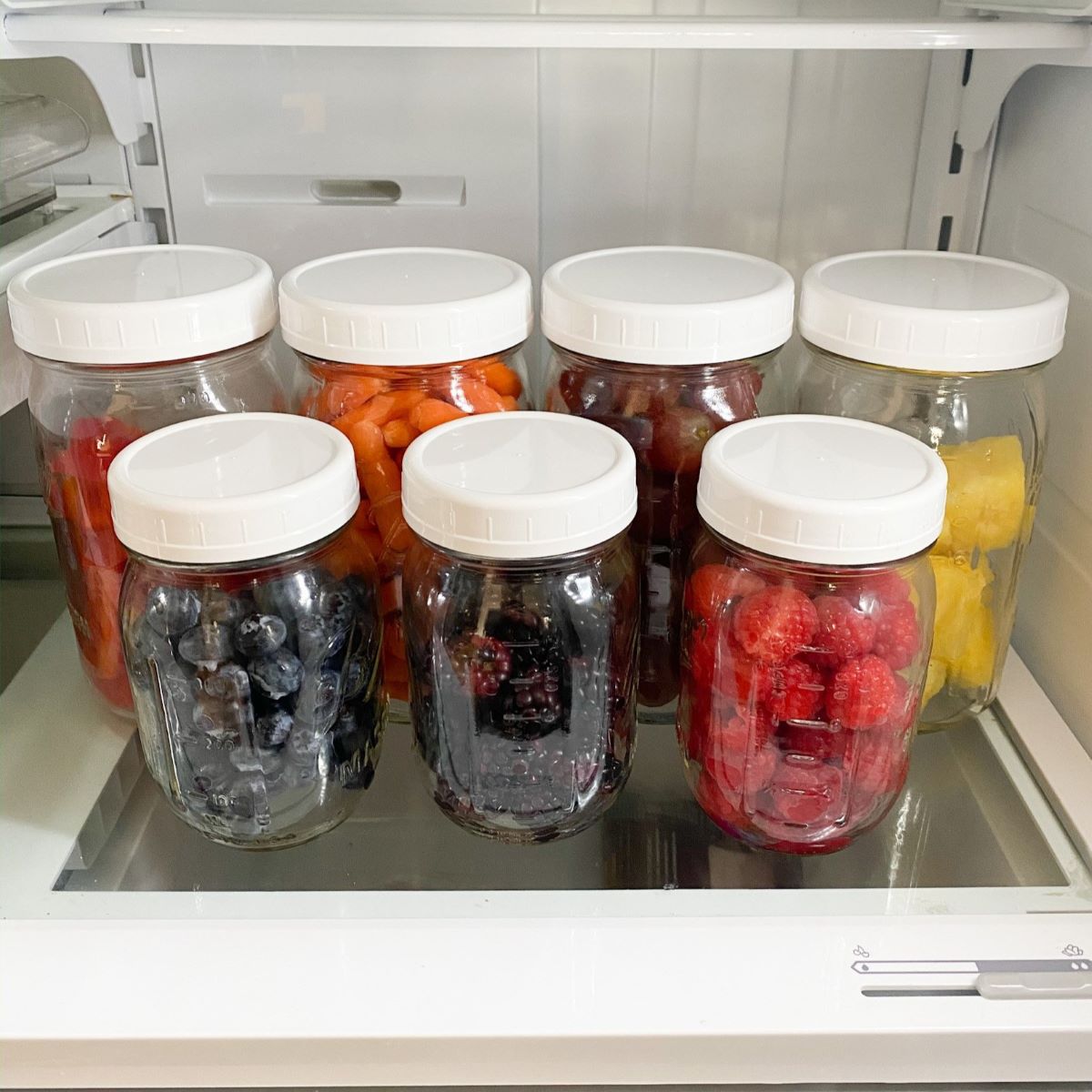
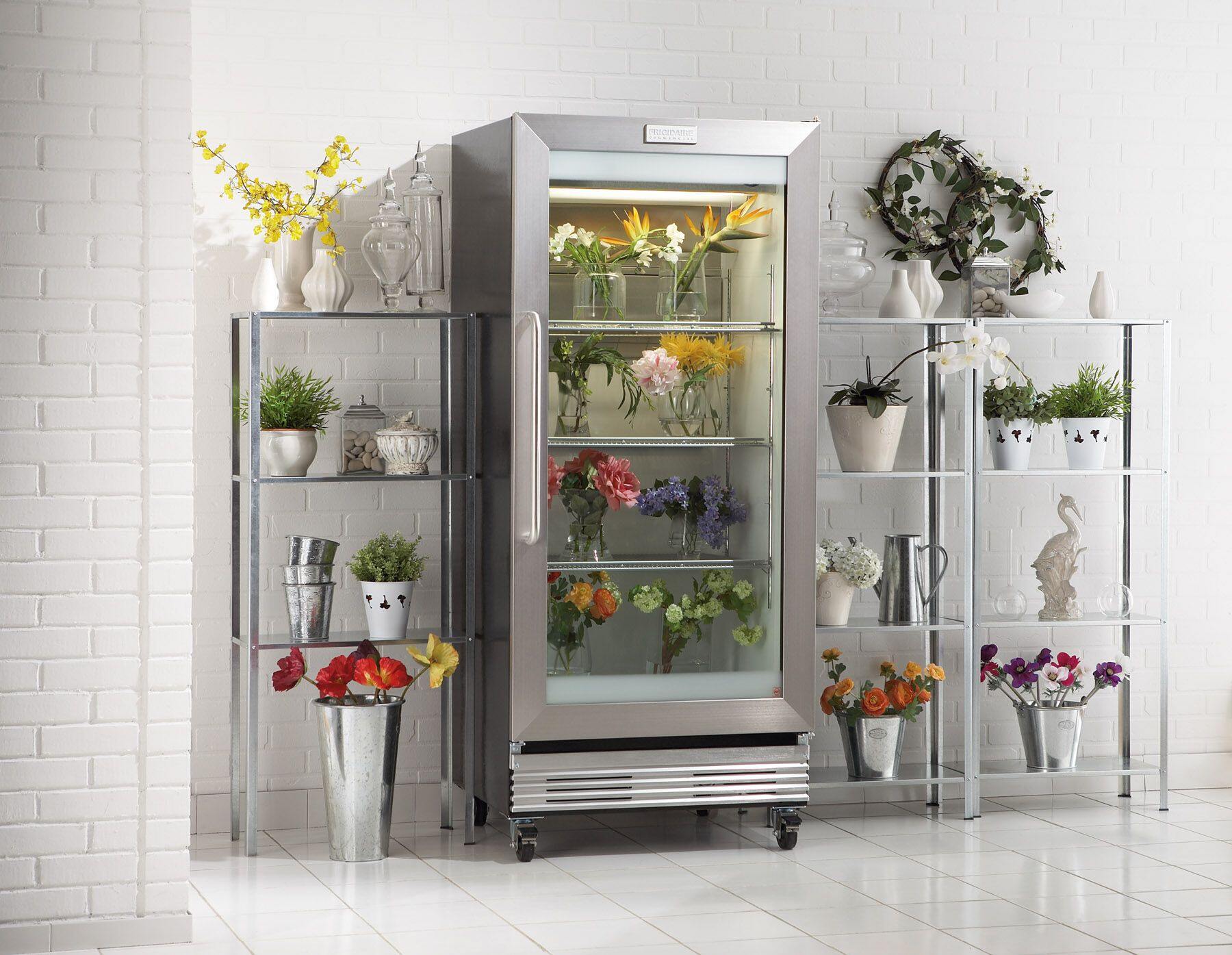
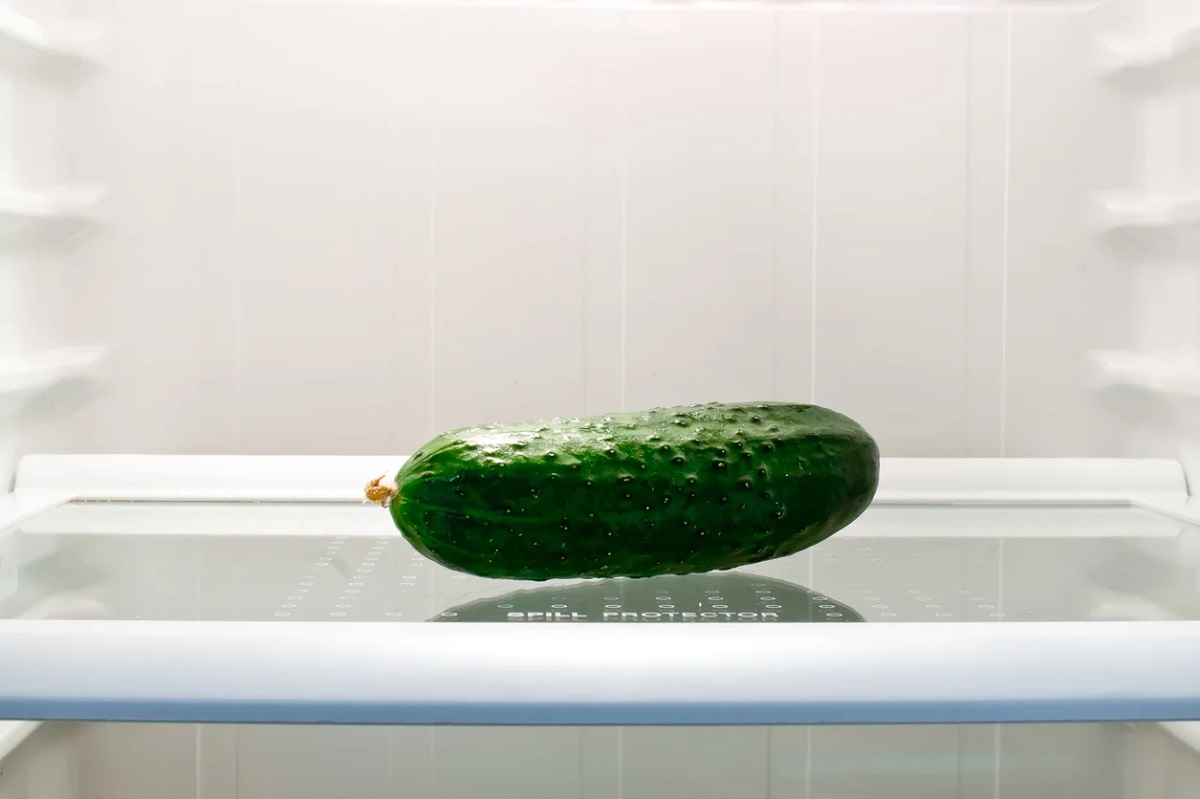

0 thoughts on “How To Store Champagne In Fridge”